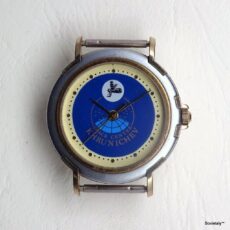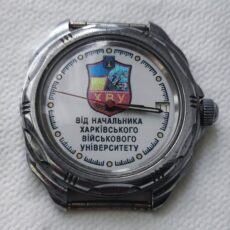Introduction The precision of Russian watches is a fascinating topic for many watch enthusiasts. Often, people wonder how accurate they are compared to their Swiss counterparts. This article explores the precision of Russian watches, debunking myths and providing concrete data for enthusiasts and collectors.
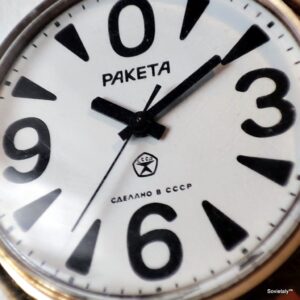
Historical Context and C.O.S.C. To understand the precision of Russian watches, it is useful to start with the reference parameters of Swiss precision. The C.O.S.C. (Controle Officiel Suisse des Chronomètres) is the Swiss body that certifies the precision of watch movements. Founded in 1973, this institution measures the precision of movements with a tolerance of -4/+6 seconds per day.

The Soviet Quality Mark: GOST In the Soviet Union, the quality mark for industrial products, including watches, was “ГOСT” (GOST). Established in 1967, it certified products based on strict standards, with a particular focus on the final product rather than the production process.

Precision of Russian Watches Russian calibers, such as the Vostok 2414A, have a declared precision of -20/+40 seconds per day at a temperature of 20°C (+/- 5°C). This range may seem broad compared to Swiss standards, but many enthusiasts find that individual pieces can exceed these expectations with proper maintenance and adjustments.
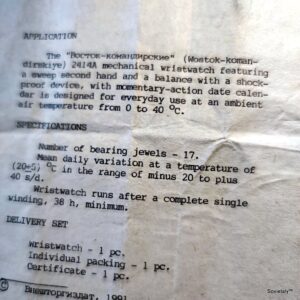
Factors Influencing Precision Several factors can influence the precision of a Russian watch: the manufacturing plant, the production period, and the conditions of use. Russian watches are known for their robustness and longevity, with a recommended service interval of at least ten years.
Maintenance and Adjustment To keep a Russian watch in good condition, periodic service and precise adjustments are essential. A timegrapher can be a useful tool for monitoring accuracy and making necessary adjustments.
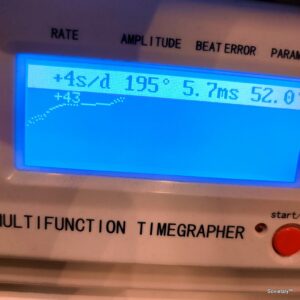
Conclusions Although they do not always reach the precision of Swiss chronometers, Russian watches offer a unique combination of robustness, history, and charm. They are ideal for collectors who appreciate variety and robust engineering.
Useful Links for Further Reading

